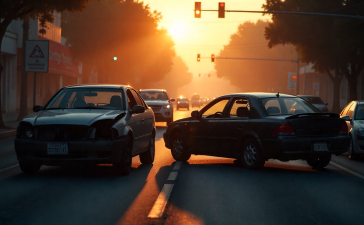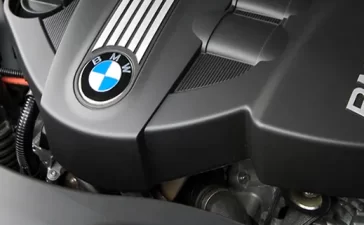The digital age has brought electronic devices into the palms of our hands, providing the population with an incredible capacity to communicate and learn. Moreover, cell phones and tablets allow anyone to work from anywhere in the world, checking emails, editing documents, joining video conferences, and much more.
Many of these devices make it into the hands of drivers, and that leads to a higher level of distraction. However, how much has distracted driving changed in the digital age? What can be done to avoid distractions on the road? Read on to find out what was revealed in a study commissioned by the National Conference of State Legislatures, as well as a few tips for curbing distracted driving.
Table of Contents
What Does Distracted Driving Entail?
Previously, driving and talking on the phone, roaring into a turn, or berating the kids from the back seat was the norm for a driver. These distractions are actually a harm in their own, but it is much amplified with the inclusion of cell phones.
In the modern day, distracted driving includes checking emails, texting, joining Zoom calls, and otherwise attempting to work or manage one’s social life while driving. These things have become commonplace as drivers adapt to the world around them, but there can be deadly consequences.
What Do the Numbers Say?
A few figures stand out when comparing accidents and road fatalities from 2020, 2021, and 2022.
- In 2020, there were 38,824 road fatalities
- In 2021, that number rose to 42,915
- In 2021, almost 8,000 accidents were blamed on distracted driving in the state of Oklahoma, resulting in 44 deaths.
- Trips with phone motion, phone motion above 50 mph, screen interaction, and the number of vehicles on U.S. roads all increased
These figures tell us that there must be some correlation between the presence of cell phones in vehicles and motor vehicle accidents, especially as the population grows and they purchase cellular devices.
However, there are several other factors at play, including:
- Passengers
- Weather
- Other drivers
- Road grade or condition
- Traffic patterns
- Other internal and external distractions (including things like sneezing or coughing, animals near or in the road, confusing road signs, construction crews, etc.)
At the same time, drivers feel as though they are more than skilled enough to drive and manage a phone at the same time. What’s more, there are many drivers who feel they have no choice but to interact with electronic devices on the road in order to remain productive, please their superiors, keep their jobs, reach their families, etc.
Reducing Distractions
Hands-Free Operation
Hands-free operation of a cell phone is an incredible step in improving road safety. Cell phones users can purchase hooks and stands that support their phones while on the road. The phone is out of one’s hand, meaning that both hands can be on the wheel. This would seem to make driving safer, but motorists may feel as though they must continue to reference their phone’s screen.
GPS devices, text messages, emails, and video calls can easily pull the driver’s attention away from the road. Again, it may seem as though these interactions are extremely important. Plus, pulling over to complete one’s business is either unsafe, impractical, or both.
Voice-Operated Systems
Voice-operated phone systems are extremely popular in the modern day, given the advent of Siri and Alexa. The drivers are able to chat with their phones and do several things without turning their heads from the road. However, these systems are not impervious, and when they fail, drivers are often prompted to use their phones to finish everything off.
Proper use of voice—operated phone controls requires the driver to keep their eyes on the road and trust that the phone will function properly. Moreover, if the app is not functioning properly, drivers must move on and continue to drive rather than grabbing the phone instinctively.
Driver Overstimulation
Drivers can also become overstimulated by the sheer amount of noises, notifications, and screen flashes in a vehicle. Aside from the phone or tablet on which the driver has chosen to focus, the vehicle is sending out lane shift alerts, sounding brake alerts, shaking the steering wheel, and much more. While these systems are well-intentioned, they can serve to confuse the driver and leave them wondering what’s truly occurring.
Taking Distraction Out of Driving
Finally, drivers end up being unable to enter the car without their electronics. They, therefore, need to use them sensibly, maintain their distance from distractions, have to use voice activated and hands free aaccessories,and ensure their eyes remain on the road all the time if they are at the wheel of their vehicle.











